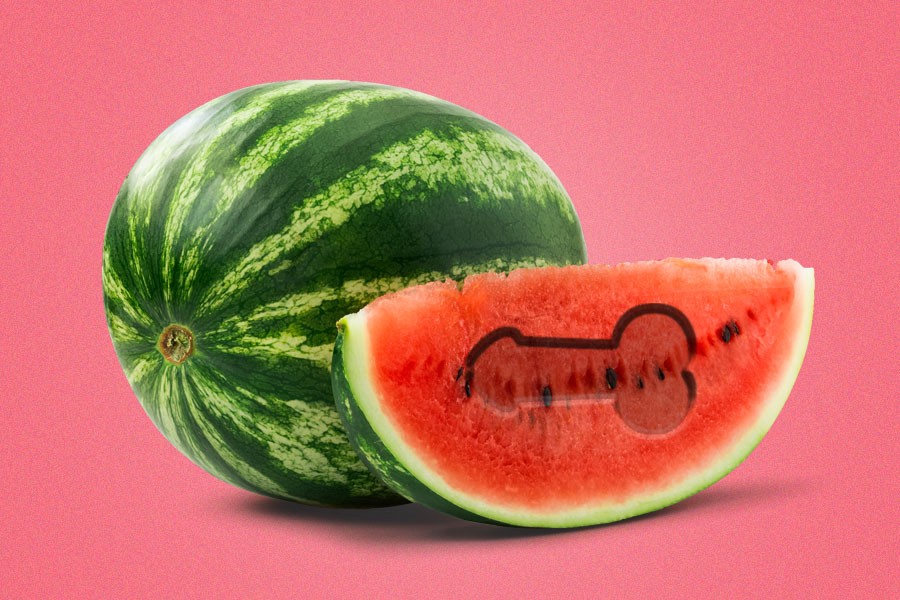Are you having penis problems, but lack either health insurance or the money to buy Viagra? Do you enjoy large, watery fruits that only cost around $2.99 on average?
Well buddy, we have some good news for you today!
That’s right: Watermelon may be a natural way to increase blood flow to your penis, with results similar to that magical blue pill — you know, the one millions of men take but don’t like to talk about.
“The theory is watermelon (mostly in the rind of the watermelon) is rich in an amino acid called citrulline, which is a precursor to a pathway known to relax and dilate blood vessels,” explains Jamin Brahmbhatt, a board certified urologist. “Citrulline is converted to arginine, which is a precursor to nitric oxide, which helps blood vessels dilate.”
Since medications like Viagra also work by getting these same blood vessels dilated, it’s easy to draw a comparison. The big question then is why this isn’t bigger news: Is Big Boner Pill squashing the news as a way of keeping its profit margins intact? And how come the watermelon industry isn’t making the same sort of investments in creepy ED advertisements?
The answer isn’t exactly, well, boner inducing. Essentially, the amino acid citrulline is similar to Vitamin C in that most men in the Western world aren’t deficient in it. According to Brahmbhatt, this means that eating watermelon every day isn’t going to lead to any major changes in your erections, because it’s unlikely this was the cause of your problem in the first place.
Even if it was the cause, there’s no medical consensus on an appropriate dosage. “A typical 4-ounce serving of watermelon (about 10 watermelon balls) has about 150 milligrams of citrulline,” explains Brahmbhatt, before pointing out that this information doesn’t really help anyway as no one can agree on exactly how much citrulline is needed in total to have Viagra-like effects.
Worse still is the fact that, as mentioned earlier, most of the amino acid in question is in the rind of the watermelon, which would make eating enough of it a challenge. Now, apparently the rind is perfectly edible and apparently not bad when you put it in a blender with some lime, but come on — I’m not about to make what’s essentially a garbage smoothie, no matter how limp my noodle.

